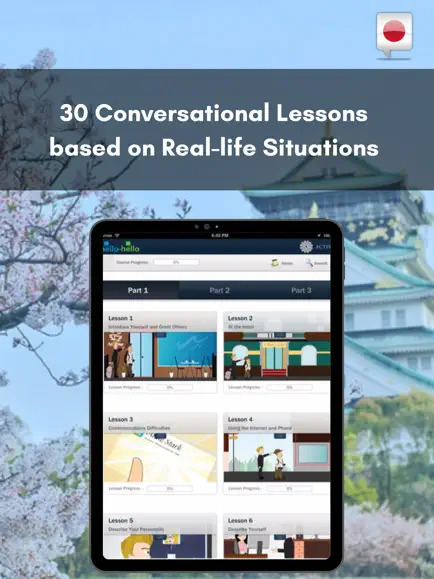For native speakers of English, Japanese could be one of the most challenging languages to learn in the world. However, that has never stopped people from trying. With the growing popularity of Japanese media – from films, and music to video games and anime, more people than ever are attempting their hands. Before you delve further into your Japanese studies, here are some essential facts to know.
In the native language, it is actually called “Nihongo”
Japan calls itself 日本 – pronounced ‘Nihon’ or ‘Nippon’ in the local language – but in other languages, it is generally called ‘Japan’ or some variation thereof. This is because early Portuguese explorers in China recorded the name as ‘Jipangu’ formed on the Mandarin pronunciation they heard, which sounded to them like ‘Cipan’. So, while you might be studying Japanese, you are actually studying ‘Nihongo’.
Though Japanese uses Chinese characters, the language is not formed on Chinese
The Japanese written format uses Chinese characters, but the language actually was born in Japan, not China. How did it happen? Well, the Japanese language existed for centuries merely as an oral language that was not written down. Somewhere around the 5th century, Japanese scholars decided to correct that by learning to read classical Chinese and borrowing kanji characters to couple with the corresponding words in Japanese. Later, hiragana was formed as a simpler alternative to the more complex kanji.
It uses 3 writing systems
The 3 writing systems are the native Japanese alphabet hiragana and katakana and the Chinese characters known as kanji. The three writing systems are used combinedly, at times even within the same sentence. Kanji is combined with hiragana to make words and sentences, while katakana is used for foreign loanwords as well as to lend emphasis.
No plurals
In the Japanese language, there is no difference between saying ‘There is a spider’ and ‘There are spiders.’ So it could be harder to tell whether someone is saying there’s a spider in your room, or your house has been overrun with several spiders.
No articles
Japanese also never differentiate amongst ‘a’, ‘an’, and ‘the’. While it doesn’t cause many problems for English speakers of Japanese, it is a language point that is tricky for Japanese speakers of English.
Through verbs only you can make sentences
While English sentences generally follow a subject-verb-object (SVO) word sequence, Japanese uses a subject-object-verb (SOV) sequence. However, it is not really necessary to specify the subject – and objects are optional, simply as in English – so it is possible to make a sentence using merely verbs. In fact, people can have an entire conversation without ever using the subject.
Learn Japanese with Hello-Hello’s iPhone and iPad apps
Hello-Hello, which is the leading mobile language learning application developer, offers users a unique opportunity to learn the Japanese language with iOS and Android Apps. Learn Japanese by Hello-Hello iPhone app, which is developed in collaboration with The American Council on the Teaching of Foreign Languages (ACTFL), offers 30 conversational lessons based on real-life situations rather than a collection of out-of-context words and phrases. Dialogues are presented and then broken down into sentence by sentence where you can practice pronunciation and writing skills. The key features of Hello-Hello’s Japanese app that make it THE BEST language learning app available on iTunes are –
- Animated videos and comic strips– New games to practice reading and listening skills
- Cleaner and more friendly user interface
- Follow your course progress
- Take notes
- Receive notifications with lesson reminders. The more you practice, the more you learn!
- Receive notifications with new words to build your vocabulary.


